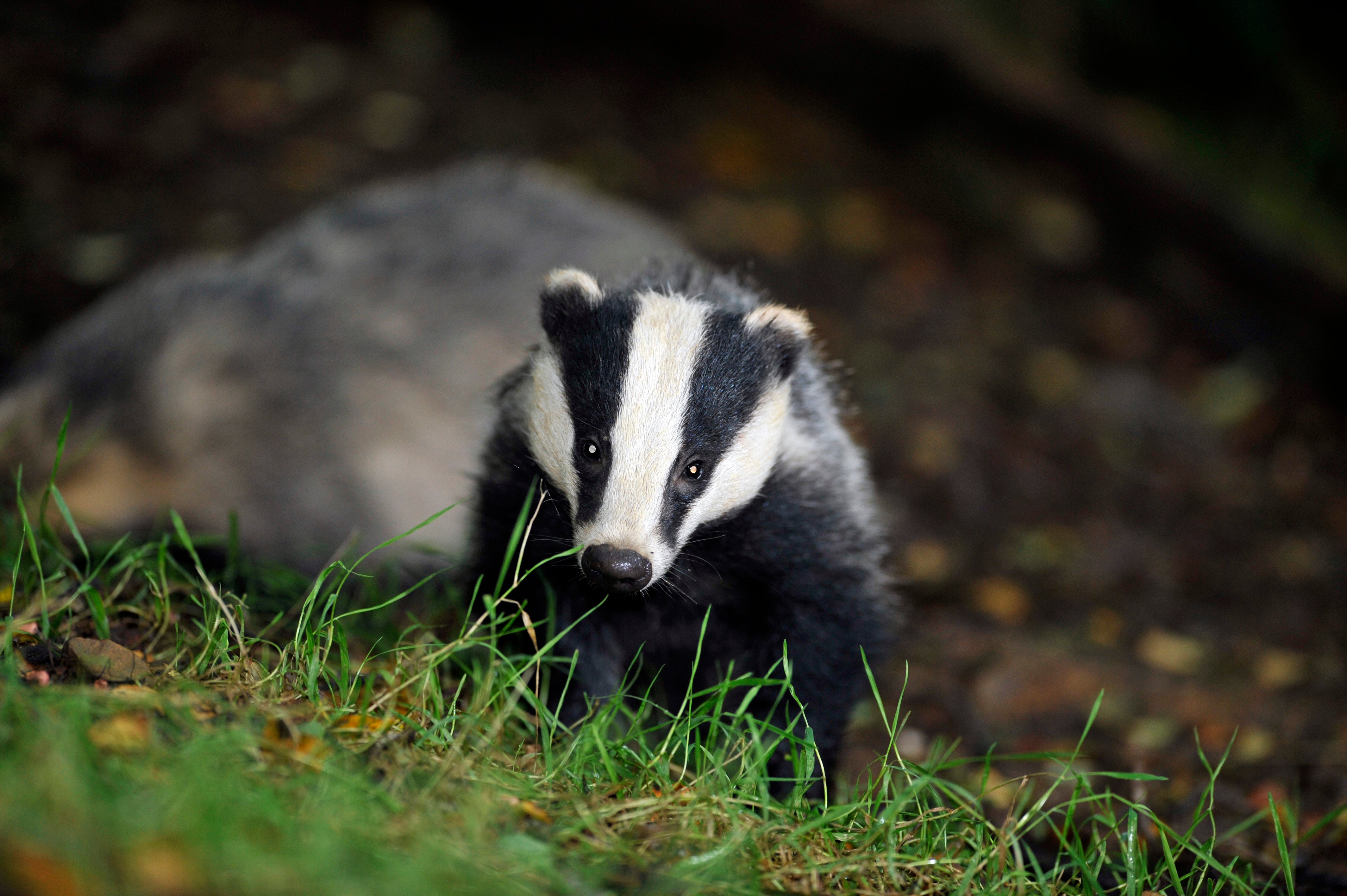
Badger cull areas were expanded by stealth and without consultation in England last year, leading to a surge in deaths, conservationists say.
It’s estimated up to an extra 5,000 animals could have been killed - equivalent to adding an entire new cull area to the cull zone.
And now Natural England, the government’s nature advice body, is running a two-week consultation, until Monday, on widening the programme in six new areas - Buckinghamshire, Cheshire, Cornwall, Derbyshire, Devon and Northamptonshire.
The potential expansion flies in the face of government claims to be winding culls down.
The Badger Trust says it discovered through Freedom of Information law requests to Natural England that the expansion of eight cull zones last year, without public consultation, equated to one whole new cull area, resulting in “significantly more badgers being killed than anticipated”.
The charity says it believes extensions could happen in every cull zone, “putting the survival of badgers in England at risk”.
In Avon, an extra 77 landowners joined the cull, in Shropshire 68 more did, and in Herefordshire an extra 58 did.
Intensively culled areas, such as zones in southwest England, are now almost empty of badgers, according to volunteer protection groups.
Peter Hambly, executive director of the Badger Trust, told The Independent that volunteers carrying out vaccinations in Gloucestershire, Devon and Somerset were now struggling to find active setts in areas that used to have them.
“They were authorised to cull up to 70 per cent of badgers but if they don’t know how many there are at the start, they could be culling all of them,” he said.
Official figures on numbers killed last year across England have not yet been published, but Mr Hambly predicted it would mark another record for numbers killed, possibly up to 70,000.

The year before, 38,642 badgers were killed.
Badger culling was launched in 2013 to try to control tuberculosis in cattle, but it has proven highly controversial from the start. Farmers say culls are needed to protect dairy cows from bTB but cull opponents say culling makes badgers move away, potentially spreading disease to new areas.
Mr Hambly said culls were happening right alongside areas where badgers had been vaccinated.
“New national polling shows that only 15 per cent of people in England support the ongoing badger cull,” he said.
“Yet the cull is bigger than ever and the government continues to chaotically expand and intensify the killing.
“When the government releases the 2021 cull figures, people will be shocked at the huge number of badgers killed and increasing areas of the country will be empty or near-empty of badgers. This is a national wildlife tragedy happening right before our eyes.”
In January last year environment secretary George Eustice announced Natural England would stop issuing licences for new areas after this year, and new licences could be cut short.
Branding culling “unacceptable”, he said he was also planning to restrict new supplementary licences to two years and stop re-issuing such licences in areas where supplementary culling had previously been licensed.
Mr Hambly added: “The cost-effective way of dealing with bTB is through dealing directly with the cattle – vaccination, reducing cattle transport and increasing biosecurity.
“Instead the unpopular badger cull continues to expand with horrific consequences for one of our best-loved wild animals.
“I fear for the future of badger in parts of Somerset, Devon and Gloucestershire already.”
Andrew Wood, who was Natural England’s executive director for science and evidence until 2015, said: “You could kill every badger in England and bTB would be endemic in the UK cattle herd, spreading via cattle movements and lingering in the soil.”
A Department for Environment, Food and Rural Affairs spokesperson said: “We have been clear that new intensive cull licences will be issued for the last time this year.
“We are moving to the next phase of our long-term strategy, which will focus on badger and cattle vaccination.”







